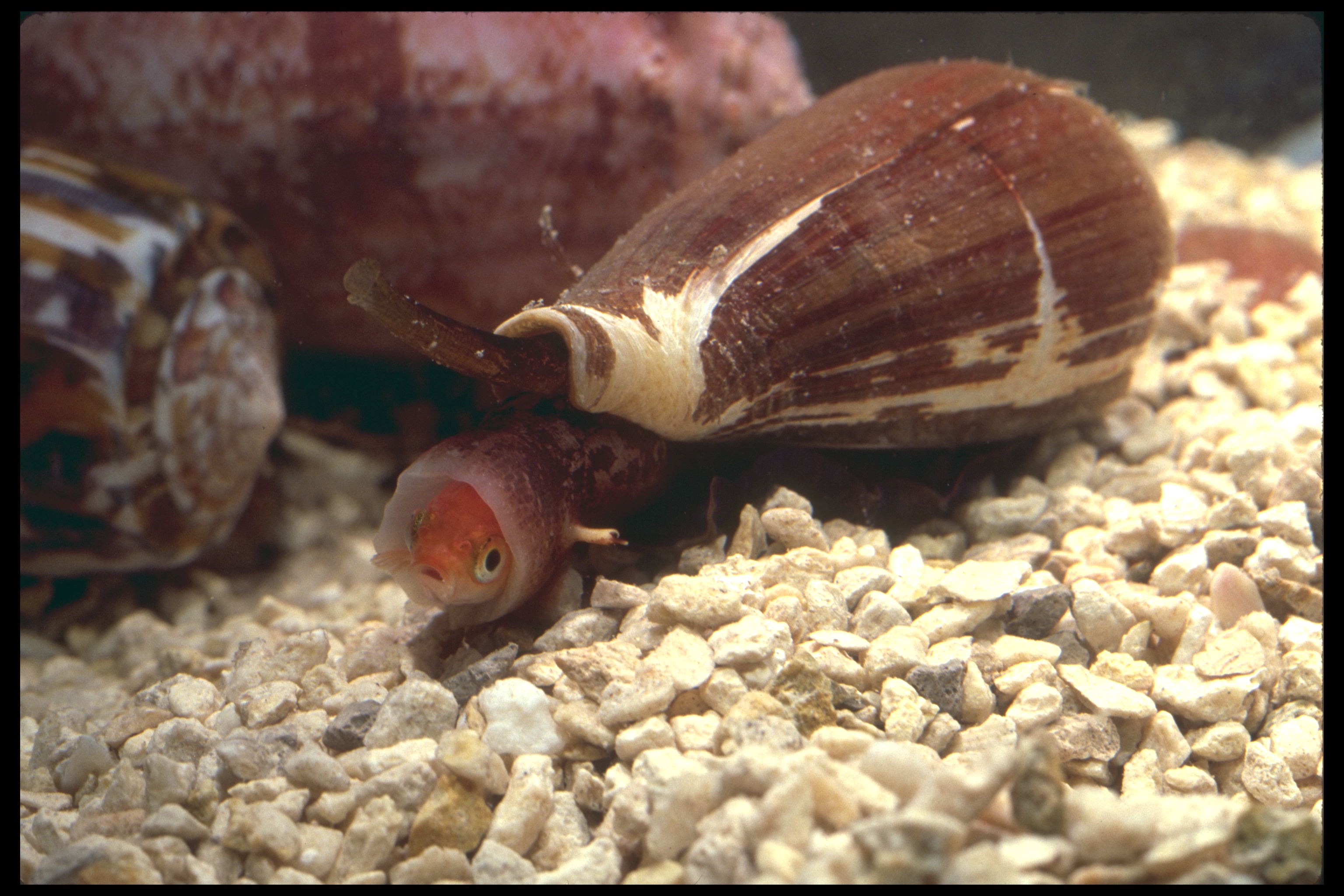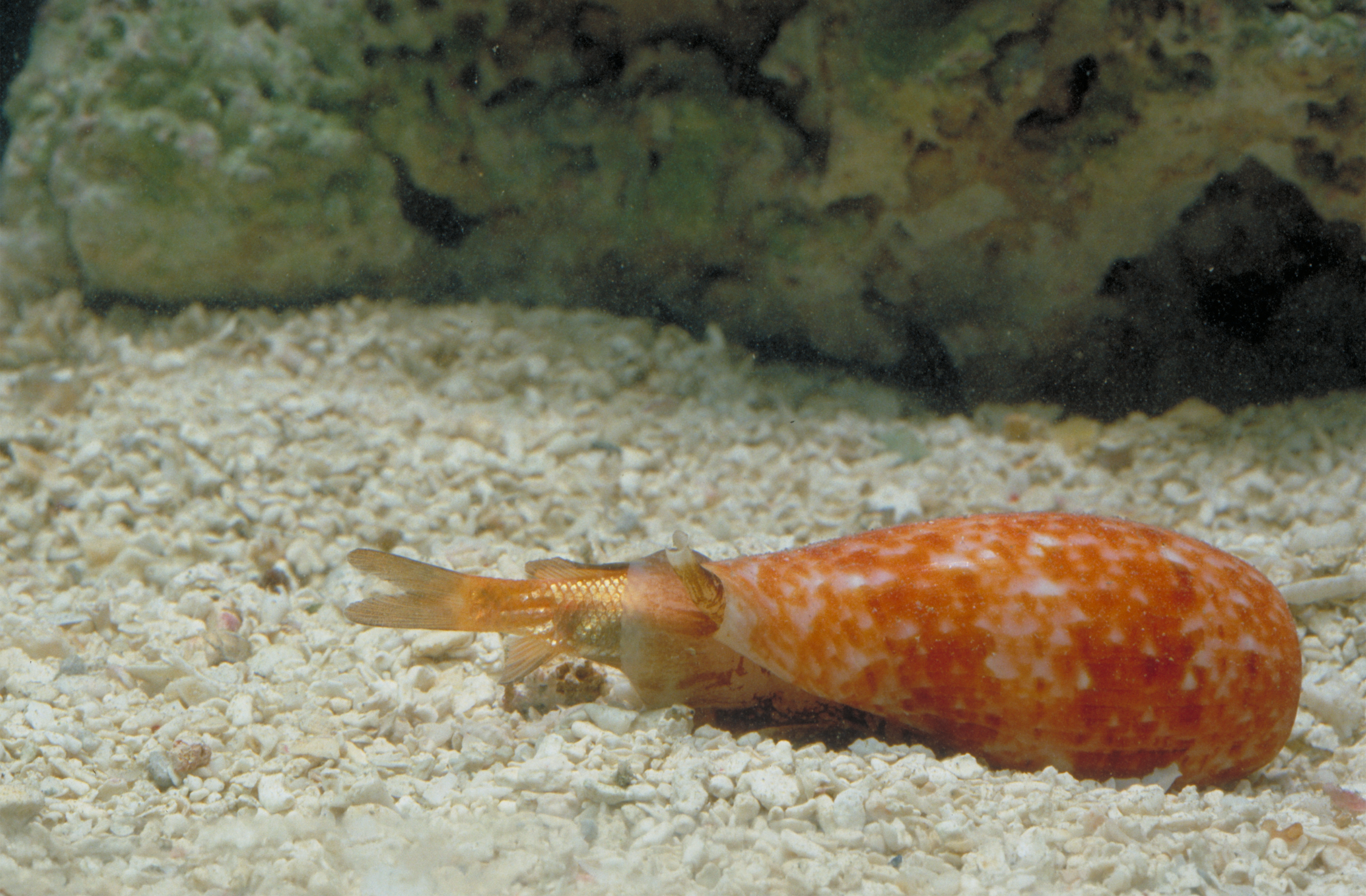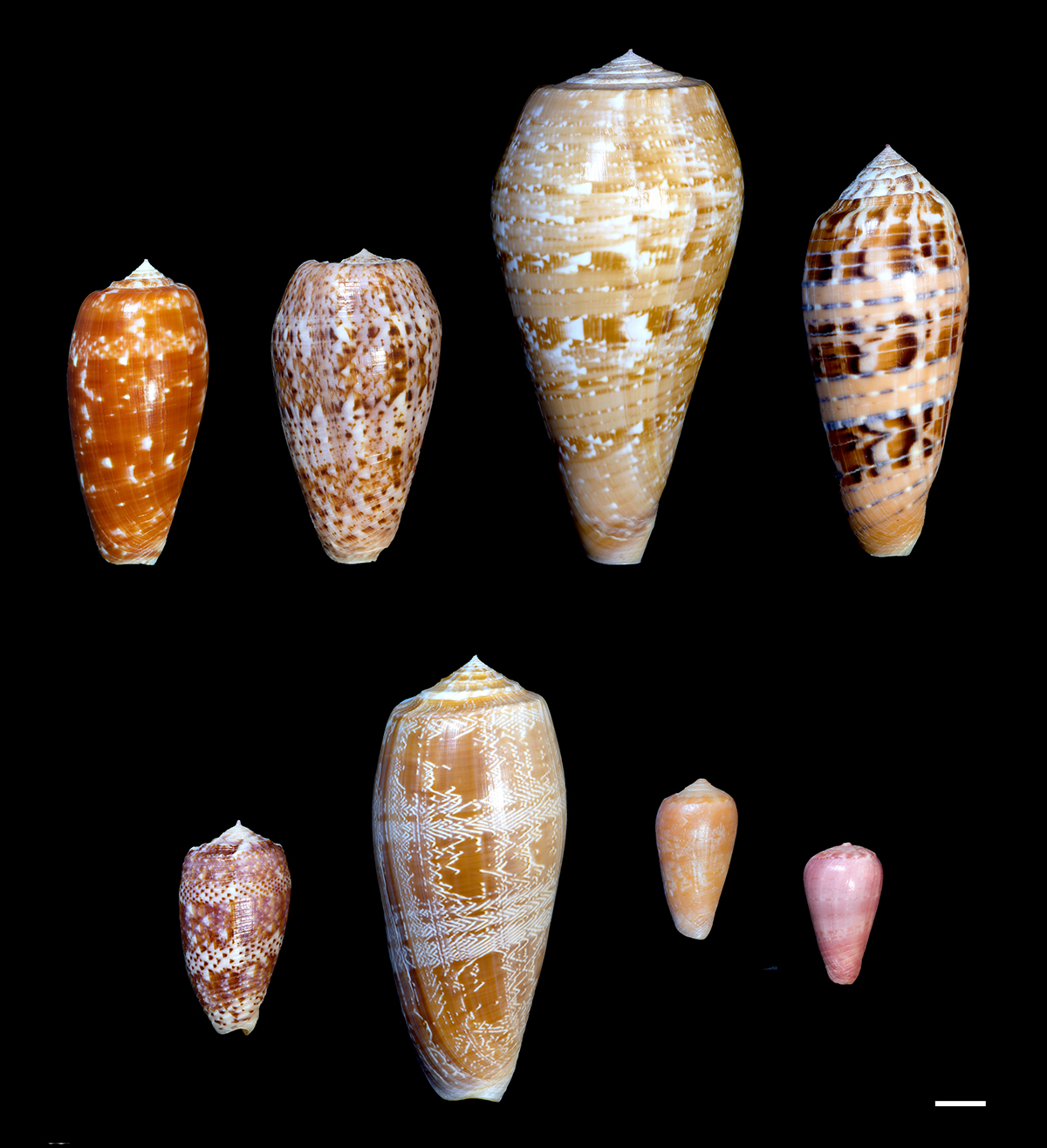Peer Reviewed Medical
Development of Novel Pain Medications from Marine Sources to Replace Opioids



Posted September 16, 2021
Baldomero Olivera, Ph.D., University of Utah

Dr. Baldomero Olivera
Opioids are pain management drugs known to lead to problems, including drug abuse, addiction, overdose, and tolerance. These problems can occur even when the drug is used as intended, to mitigate pain. Despite the many well-known adverse effects, opioids are still the standard treatment for severe acute and chronic pain. There is an urgent need to replace opioids as the standard of care; however, there have been very few non-opioid pain medications developed in recent decades. Historically, major classes of pain drugs were discovered from natural sources, but recent efforts have focused on synthetic compounds. Prialt® (ziconotide) is one of the only new pain drugs with a novel mechanism of action, meaning it works through a separate pathway compared to existing pain drugs, and it was developed from a marine source in the laboratory of Dr. Baldomero Olivera.

The magician’s cone snail, Conus magus. A component of the venom of this fish-hunting snail was discovered by Dr. Olivera’s laboratory and has become the FDA-approved drug for severe pain, Prialt.
With a Fiscal Year 2016 Peer Reviewed Medical Research Program (PRMRP) Focused Program Award, Dr. Olivera sought to explore natural sources for the next generation of pain medication, specifically marine sources such as sea snails, as they are largely unexplored. Dr. Olivera’s methods led to two innovations: a biology-first approach and constellation pharmacology. The biology-first approach focuses on a new discipline called “chemical neuroethology” that studies how one organism affects the behavior of another through the chemicals they secrete. The team investigated compounds that seemed to have a pain-reducing effect on other animals. Their other key innovation, constellation pharmacology, is a novel approach to testing for new drugs. Constellation pharmacology looks for effects the drug has on specific cells of animals and humans and has been more productive than the other methods. This has allowed Dr. Olivera’s team to test crude mixtures of natural products on a set of diverse neuronal cell types at the same time and identify each mixture’s effect on pain-sensing neurons.

A cone snail capturing its fish prey. The venom components from these predatory marine snails are being used to develop non-opioid drug leads for pain. The species shown is the bubble cone snail, Conus bullatus.
An exciting application is that constellation pharmacology makes it possible to identify potential drug leads that not only alleviate severe pain symptoms, but which may prevent the onset of pathological pain altogether. The constellation pharmacology platform leads to understanding how pathological pain develops and is an approach to identify compounds that prevent disease progression. Thus, traumatic injuries such as an exposure to an explosion can ultimately lead to severe chronic pain, but the constellation pharmacology platform may provide a therapeutic approach to prevent the progression to the pathological pain state before any symptoms occur.

The shells of fish-hunting cone snails. These snails not only have beautiful shells, but their venoms have bioactive compounds that are being developed as non-opioid drug leads for pain.
In the first 3 years of their PRMRP-funded project, Dr. Olivera’s team has identified 53 active compounds, exceeding their initial goal of 20. Many of these compounds are newly identified, and eight are considered viable for drug testing and are being further investigated. Of the eight viable compounds, five (compounds 1-5) modulate type A GABA receptors (the major inhibitory receptor in the nervous system) on neurons. Other molecules can also target type A GABA receptors for pain-reducing effects; however, the structures and activities of the new compounds are very different and they expand the number of chemicals available for designing novel neurosteroids, i.e., compounds that modulate a neuron’s excitability or reactivity to signaling. The team has also created a synthetic analog (a chemical with a similar structure) of compounds 1-5, called SSP3, or compound 6, and early results indicate a potential application in pain.1 Another of the viable compounds (compound 8) and its analogs are active in a model of neuropathic pain. This means that compound 8 also has potential application in pain management.
The need for novel pain medications to replace opioids cannot be overstated. Opioid drugs are highly addictive, and there is a high prevalence of substance abuse disorders among patients being treated for chronic pain.2 After finding eight candidates for pharmacological and preclinical testing in the first 3 years of this project, Dr. Olivera’s research team hopes to accelerate the discovery of new compounds in the final year based on what they have learned, and to fully characterize and determine the therapeutic potential of the molecules they discover. Further research is necessary, but their work has the potential to replace opioids and make treating acute and chronic pain safer for patients.
References:
1 Olivera BM, Raghuraman S, Schmidt EW, and Safavi-Hemami H. 2017. Linking neuroethology to the chemical biology of natural products: Interactions between cone snails and their fish prey, a case study. J Comp Physiol A Neuroethol Sens Neural Behav Physiol 203(9):717-735.
2 Rosenblum A, Marsch LA, Joseph H, and Portenoy RK. 2008. Opioids and the treatment of chronic pain: Controversies, current status, and future directions. Exp Clin Psychopharmacol 16(5):405-416.
3 Raghuraman S, Xie JY, Giacobassi MJ, Tun JO, Chase K, Lu D, Teichert RW, Porreca F, and Olivera BM. 2020. Chronicling changes in the somatosensory neurons after peripheral nerve injury. PNAS 117(42):26414-26421; https://doi.org/10.1073/pnas.1922618117
Link:
Public and Technical Abstracts: Novel Strategies for Accelerating Non-Opioid Drug Discovery
Last updated Thursday, December 5, 2024














